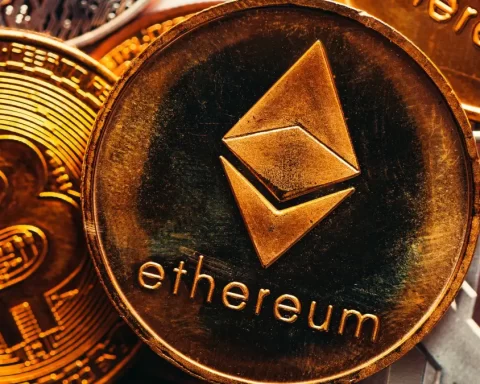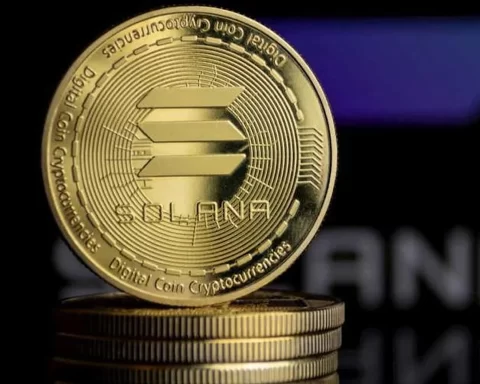Bitcoin has made a lot of progress in the last couple of years, with the emergence of Layer-2 projects such as Stacks, Rootstock and Merlin Network enhancing its capabilities to support basic smart contract functionality.
Those projects are striving to create a new generation of Bitcoin-native DeFi applications, play-to-earn games and NFTs, but they face a number of challenges in pursuing this dream. Many of these new Bitcoin L2s are unable to interoperate with each other, leading to problems around ecosystem fragmentation.
It’s with these challenges in mind that a new project, which leverages the unique capabilities of the EOS blockchain, has emerged, to streamline the flow of data between Bitcoin and its nascent ecosystem of L2s.
A hybrid consensus mechanism to link Bitcoin’s L2s
That new project presents itself as exSat, and it is building what it describes as a “Docking Layer” for Bitcoin’s ecosystem. It utilizes a revolutionary hybrid consensus mechanism that encompasses the traditional Proof-of-Work, the Proof-of-Stake algorithm used by Ethereum and other chains and the Delegated Proof-of-Stake mechanism pioneered by projects such as Polkadot.
exSat’s plan is to facilitate direct interaction between Bitcoin and its L2s without compromising the inherent security of Bitcoin’s original blockchain.
The exSat architecture relies on a system of both Synchronizers and Validators. The Synchronizers’ role is to supply a bridge between Bitcoin’s blockchain network and exSat (and hence, all of Bitcoin’s L2s), ensuring that data and transactions can be processed quickly and accurately. According to exSat, existing Bitcoin miners will take on this role, with their work secured by Bitcoin’s standard PoW consensus mechanism. For participating, they’ll be rewarded with exSat’s native XSAT tokens for processing each block.
As for the Validators, their job is to verify the data that’s processed by the Synchronizers. This is where the PoS consensus mechanism comes in, as anyone will be able to become a Validator simply by staking both BTC and XSAT tokens. There’s quite a hefty barrier to entry though, as exSat requires a minimum 100 BTC stake to participate, plus another XSAT stake to become eligible for the XSAT rewards.
On-Chain Data Storage and EVM Compatibility
There are few other components to this system, with the most notable one being its Data Consensus Extension Protocol, which makes it possible for exSat to make use of EOS’s blockchain, supporting on-chain data storage with high-speed access for BTC assets such as BTC tokens, Runes, BRC20, BRC217 and Ordinals.
Another element of exSat’s architecture is its decentralized state data indexing platform for Bitcoin-native assets, which is a fundamental ingredient for smart contracts, EVM compatibility and trustless interactions. Finally, exSat has created its very own smart contract platform that leverages its EVM interoperability to enable universal gas fees for Bitcoin assets.
Combined, the various features of exSat’s architecture make it possible for Bitcoin and any L2 network to interoperate seamlessly with one another. At the same time, it supports enhanced smart contract functionality required for the next-generation of Bitcoin-native dApps.
Accelerating Bitcoin’s Transition
What exSat is building sounds ambitious, yet it also appears to be very well thought out, catering to a real need that will only become more acute as Bitcoin’s L2 ecosystem grows.
Those L2 networks have already propelled Bitcoin on an evolutionary path that will transform its utility and, perhaps, ultimately help it compete with and maybe even surpass Ethereum as the world’s number one smart contract chain. exSat can play a pivotal role in accelerating that translition.




